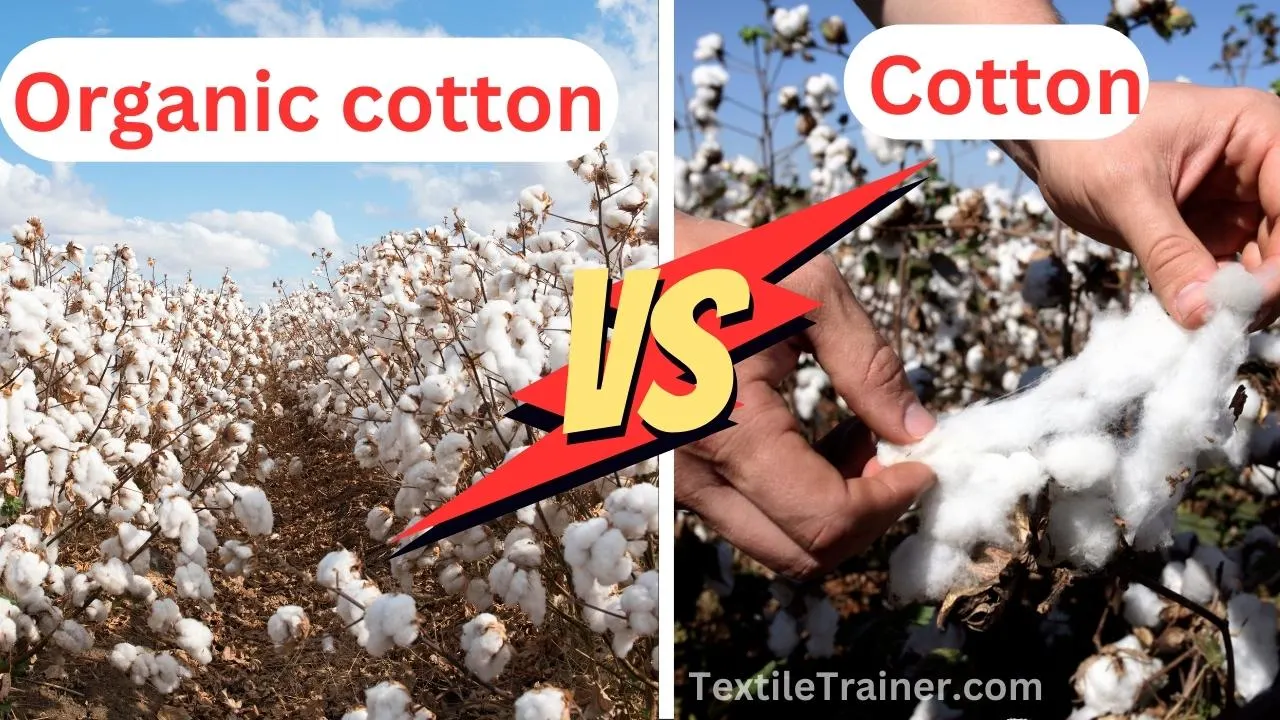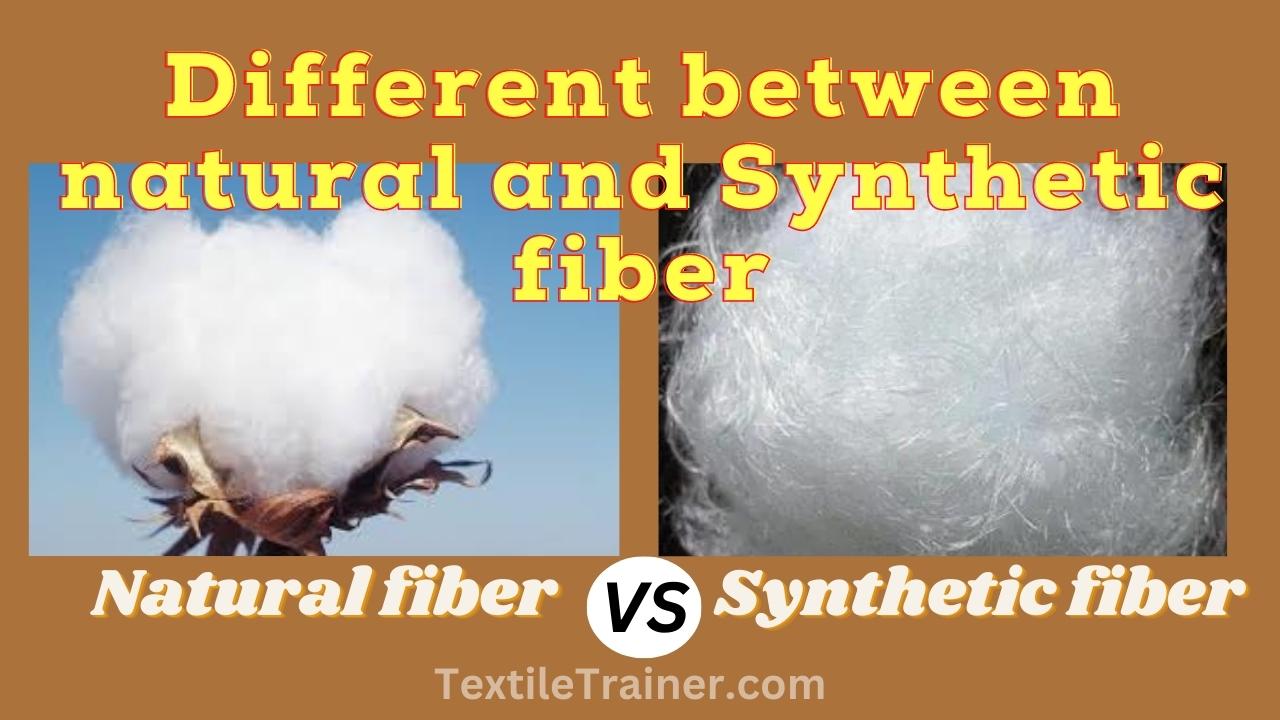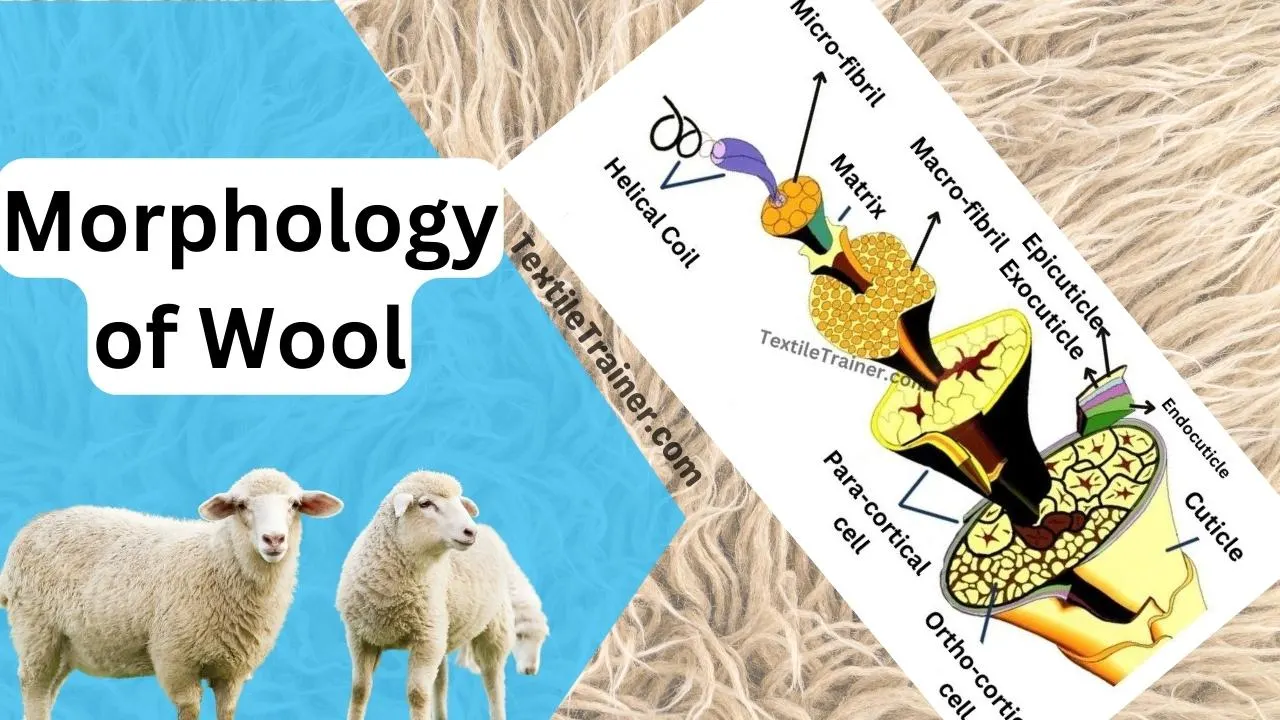Macro and Micro Structure of Silk Polymer is Easy Described
Introduction
My main goal of this article is to present macro and micro structure of silk. For nearly 5000 years, silkworm fibers were used in textiles. Silk fibers are fibrous proteins spun into fibers by insects and spiders. As a result of their high strength, extensibility, and compressibility, silk fibers have a combination of mechanical properties. For centuries, mori silkworm silk has been used in the textile industry as a representative animal fiber with luster and fineness. Its structural makeup consists of a fibrous core protein called fibroin and a glue-like protein called sericin surrounding the fibroin threads to cement them together.
This remarkable mechanical property, especially strength and extensibility, is due to the high crystallinity (ca. 50%) of b-sheets and their well-oriented orientation in the core filament. Silkworms can be reared for silk in nature in a variety of species, including B. It is easier to rear the domesticated B. mori silkworm, which only feeds on mulberry leaves, than the other wild species: Antheraea mylitta, Philosamia synthia ricini, and Antheraea assamensis. As natural biodegradable fibers, B. mori silkworm silk fibers produce less toxic waste during production than synthetic fibers and are more affordable.
Topography of Silk Polymer
The thickness of the raw silk strand and its uneven and irregular surface are due to the coating of sericin which gives raw silk a coarse handle. Despite being a protein fiber, Silk is a very fine regular translucent filament, which has very long filaments (up to a mile long). The silk filament has a triangular cross section. The silk filament is slightly twisted around itself and is subdued in luster.

Macro and Micro Structure of silk Polymer
Basically, silk consists of two types of protein: sericin and fibroin, while sericin forms the gum coating the parallel filaments and ensures they stick together. Fibrin is the basic Debra substance. There are 18 amino acids in fibroin, and it is made of long-chain protein molecules, like wool, but its arrangement of polymer chains is quite different from wool’s. Each of the two filaments of fibroin is made up of fibrillar bundles (tiny fibers) that are themselves made up of micro fibrils. Protein chains are used to build microfibrils. Each microfibril is arranged linearly according to the fiber length.

Polymer Structure of Silk Polymer
There are several amino acids linked together in a long chain in the structure of silk. Three main amino acids make up 83.4% of the polymer structure, while there are trace amounts of many others. In total, up to 2592 different amino acids are found in a silk polymer chain.

Fibroin composed of different α-amino acids. Some of them are:

Chemical composition of silk
Silk is mainly a protein fiber. Its main element is fibroin but there is gummy substance sericine present outer side of fibroin. The chemical composition of silk is given below:
| Chemical name | Amount(%) |
| Fibroin | 72-81% |
| Sericin | 19-28% |
| Water | 11% |
| Salts | 1.5% |
| Fat and wax | 0.8-1.0% |
| Coloring matter and ash | 1.0-1.4% |
In this article, I tried to my best to present macro and micro structure of silk and polymer structure of silk. If you have any question about this article, feel free to ask me.
You may read more:
- Intriguing History of Silk Discovery with Geographical Distribution.
- 6 Easy Step of Silk Manufacturing Process.
- Source of natural fiber.
- Simple Life Cycle of Silkworm with 4 Easy Stage.
- Best 10 Different Types of Silk in the World.
- 6 Physical and Chemical Special Properties of Silk: Ensure High Quality
- Best 15 Differences Between silk and Wool.
- 4 Special End uses of Silk Fabric: Luxury Dress for wedding.
Reference:
- Cook, J. G. (2005). Handbook of Textile Fibers. Delhi: WoodHead Publishing Limited.
- Corbman, B. P. (1987). Textile Fiber to Fabric. Singapore: McGraw Hill Book Co.
- Dr. Hosne Ara Begum, P. D. (n.d.). Natural fibers. Dhaka: Hafiz book center.
- Hossain, M. S. (2014). Introduction to Textile Engineering. Dhaka: Books Fair Publications.
- Kadolph, S. J. (2006). Textiles. New Delhi: Pearson Education.
- Kaplan, N. (2006). Textile Fibres. New Delhi: Abhishek Publications.



